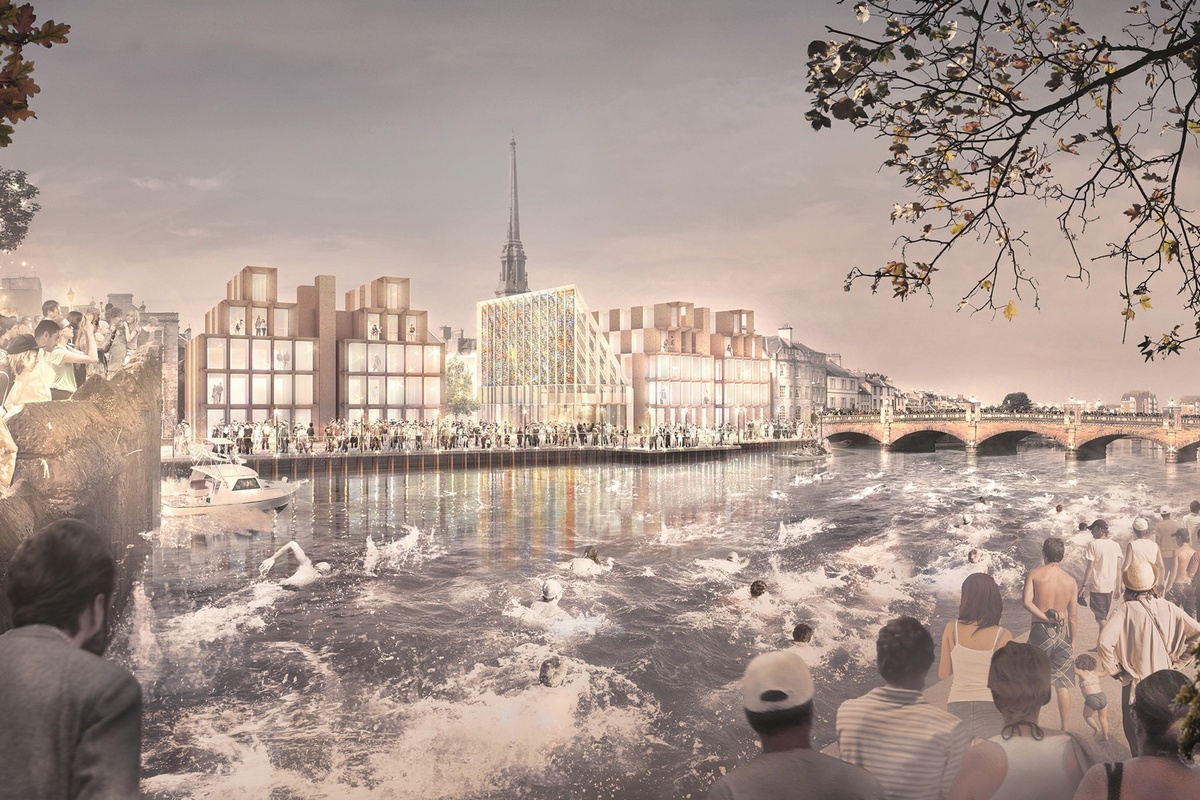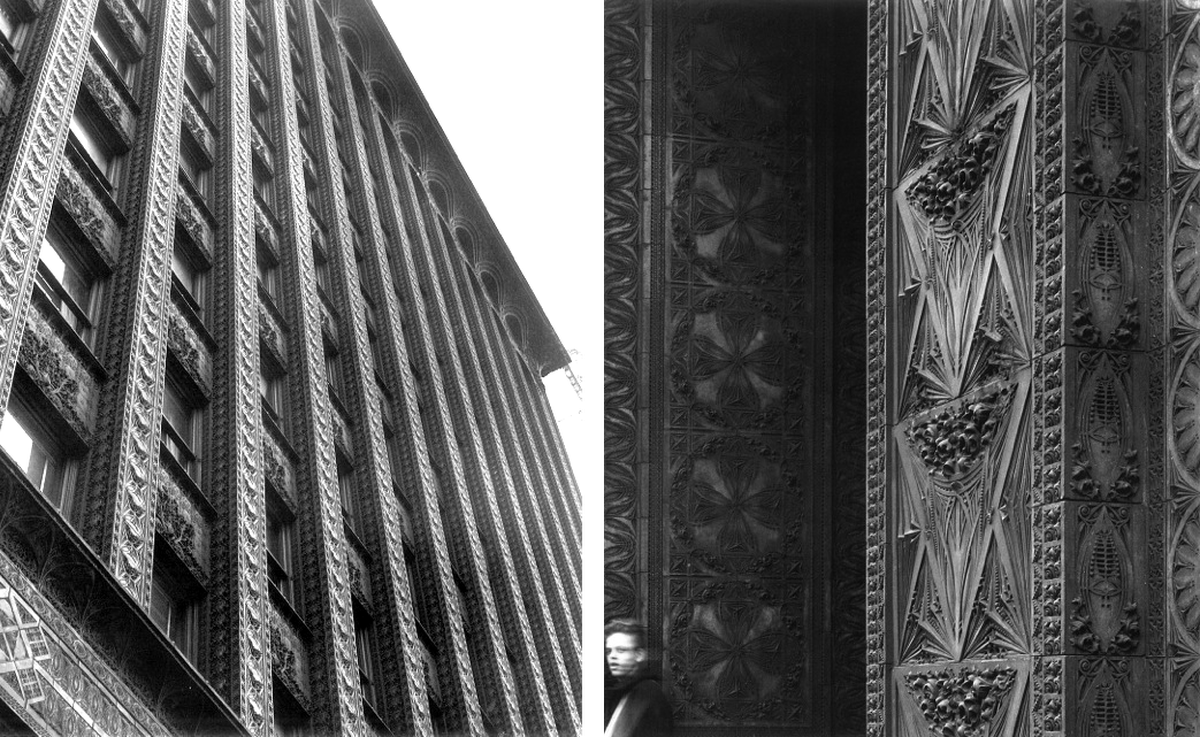AYR MASTERPLAN
FEBRUARY 2017

In collaboration with acclaimed international land artist Charles Jencks the masterplan for Ayr has been given planning consent. The project has been conceived as an urban square next to the River Ayr that will be used for festivals and events.
The scheme, focuses around a new glazed structure, that will open up a number of views blocked by post-war development and includes commercial, cultural, leisure, community, hotel and residential buildings. South Ayrshire Council has already committed to building a new council office for 350 of its staff as part of the scheme.
Ayr Renaissance began purchasing the mainly 20th century buildings on the site almost four years ago with funding from the council and the Scottish Government’s Regeneration Capital Grant Fund.
Demolition will begin immediately on the buildings within the plot, which falls inside the Ayr Central Conservation, following the approval for the masterplan by South Ayrshire Council last week.
Archaeologists will work alongside the demolition contractors in preparation for a six-month dig.
James Knox, chairman of Ayr Renaissance, said: ‘This decision marks a turning point in the fortunes of Ayr. Decades of blight will be swept away, opening up the river to the town’s people for the first time in generations. ‘Our masterplan offers a humane and beautiful solution to the transformation of this key site, which will act as a magnet for visitors, office workers and inhabitants alike. It marks a sea change in the economy of the town.’
CLAD IN A GARMENT OF POETIC IMAGERY
JANUARY 2014

The following text seeks to explore the communicative role of architecture, highlighting how the buildings of Louis Sullivan offer an antidote to the stoicism of the modern movement.
The reasons for the adoption of a muted architectural language in the beginning of the 20th century were numerous, but perhaps the inability of architecture to communicate can be traced back to a Critique of Judgement wherein Immanuel Kant called for true artists to ignore conventional rules governing popular taste as a means to preserve the integrity of the artist / genius in the landscape of an emerging aesthetically uneducated middle class. The restriction of this Kantian ideology can be clearly seen in the modern movement where the elimination of ornament in favour of purely functional structures was meant to appeal to our morality. We were meant to appreciate their honest expression but this simplified architectural rhetoric stripped architecture of its ability to express meaning beyond its function and reduced the ability of the architect to infer a narrative.
It is here I believe that the architecture of Louis Sullivan offers a counterpoint to the stoicism of the modern movement. Sullivan’s response to the modernist doctrine was not to abandon ornament but to heed the advice of Owen Jones and devise a new and contemporary ornamental vocabulary. The Guaranty Building represents the high point of Sullivan’s communicative architecture. The building presents a veiled ornamental screen of rich terracotta tiles which act to delineate the tripartite composition of the facades. The ornament at the base of the building reflects the connections of its veiled steel structure which support the vertical mullions above. The repetitive program on the upper floors are articulated by a rigid pattern of piers and ornate spandrels. Sullivan completes the composition by employing a concave cornice which absorbs the vertical mullions and acts to complete a flowing continuous organic architecture.
‘Our buildings thus clad in a garment of poetic imagery… will appeal with redoubled power, like a sonorous melody overlaid with harmonious voices’[1] . Although Sullivan never acknowledged the influence of Semper, the Garment analogy used by Sullivan is a clear reference to Semper’s theory of dressing and his insistence that the ‘archetypal origin of built form was textile production’[2]. It is also indicative of the ‘strong influence that German culture had on Chicago in the 19th century’[3].
Ornament was for Sullivan and Semper a demonstration of essential artistic and social motives, ‘being fundamental, the wreath was not only initial, it was also profoundly significant because it manifested the unity of the social body, the people themselves’ [4.
Sullivan’s Architecture represents an alternative modernism where function and ornament were not considered to be in opposition but could coexist to create a symbolic architecture which sought to communicate.
[1] Louis H Sullivan, Kindergarten Chats, Dover Publications Inc, 1980
[2] Kenneth Frampton, Studies in Tectonic Culture, The MIT Press, 1995
[3] Ibid.
[4] David Leatherbarrow, The Roots of Architectural Invention, Cambridge University Press, 1993
Images from John Szarkowski – ‘the idea of Louis Sullivan’ Thames & Hudson, 2000
Joseph Mackey holds a BArch degree from University College Dublin. Joseph won an Architecture Association of Ireland Student Award in 2006 and the Arup Architecture Graduates Medal in 2010. Between 2006 and 2012 he worked with the Renzo Piano Building Workshop in Paris, Tom dePaor in Dublin and Eric Parry Architects in London. Since joining Niall McLaughlin Architects in 2012 he has been working on a chapel for monks in Dublin, the repair and extension of the old Radcliffe Infirmary Outpatients Building in Oxford and the T1 Building for Argent in King’s Cross, London. The T1 Building is a large mixed use development containing a district energy centre, an indoor sports pitch, car parking, shops, bars and 80 apartments.

